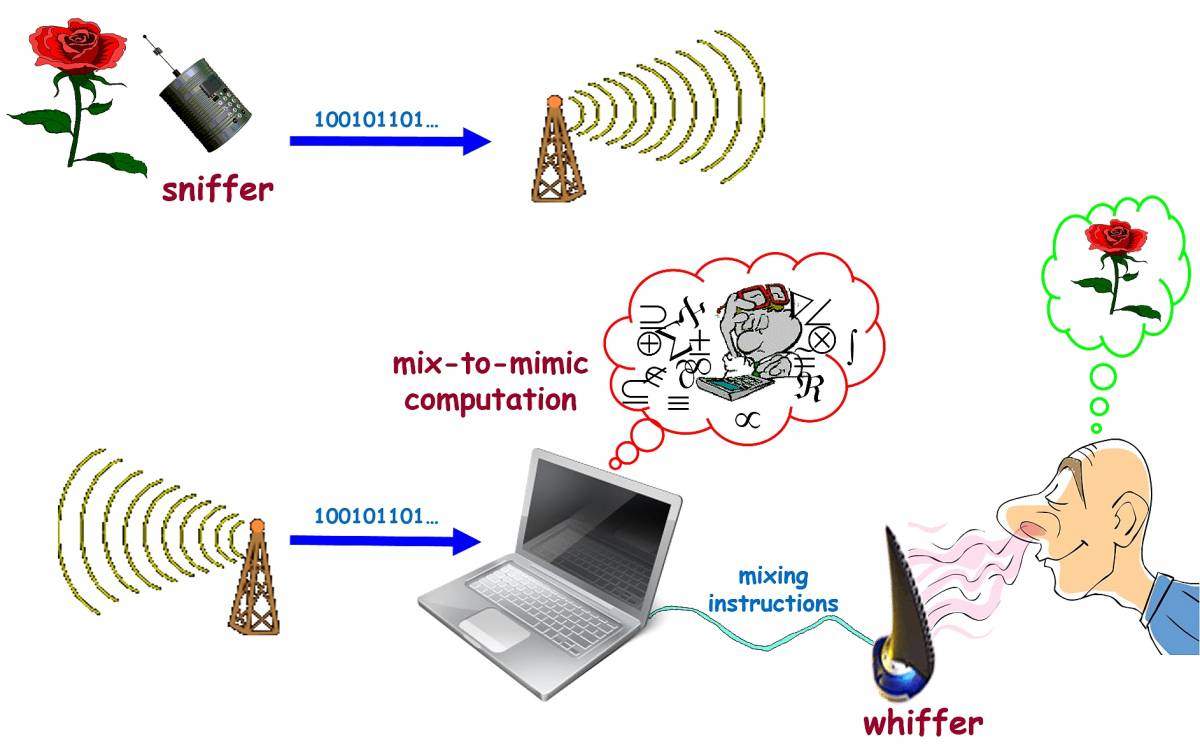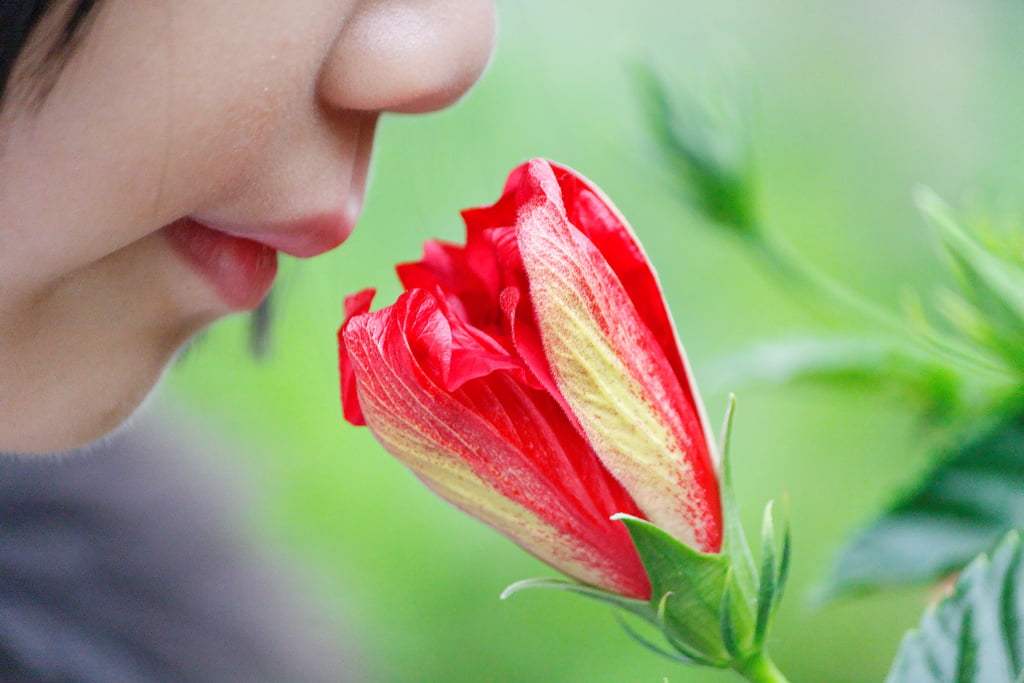When it comes to the senses of sight and sound, technology has provided ways to accurately reproduce versions of the original, via photographs or audio recordings, for example.
In such cases, as long as you know what the original looked or sounded like, it’s quite simple to tell if the reproduction is accurate. With smells however, that’s not the case.
SEE ALSO: Smell Fingerprint’ Could Help In The Early Detection Of Diseases
Reproducing smells
Reproducing smell is quite complicated. Because odors depend on the brain’s perception of molecules, technology hasn’t yet found a way to accurately reproduce odors from the real world. The problem is essentially to measure an odor at one point in space and then reproduce it at another. Assuming it were possible, how would such a system be tested? How could one know if the artificial odor was an accurate reproduction of the original?
To deal with this problem, Prof. David Harel, of Israel’s Weizmann Institute of Science, imagined a system for producing and sensing artificial smell.
The “sniffer” and the “whiffer”
The theoretical system consists of a “sniffer”, a sort of artificial nose – to take “snapshots” of the odorous substances in the air, that sniffs and analyzes the scent; the “whiffer,” which creates the artificial smell based on a library of smells that can be mixed and measured; and the “mix-to-mimic algorithm,” which tells the whiffer how to correctly execute the smell recipe based on the sniffer’s smell signature.
“We still don’t understand the process by which the numerous combinations of odorants in our environment are identified and sensed as a particular smell in our brains – after they enter our noses, attach to the several hundred kinds of odor receptors there and are transferred to the brain as signals,” Harel says.
Harel believes that such systems will eventually exist, pointing out that research is continually improving our understanding of how smell is “encoded” and how we perceive it. Although reasonably good sniffers and whiffers already exist, the scientific challenge is to work out the algorithm for connecting the sniffer’s reading into the whiffer’s emission; that is, a method is needed for translating any given odor into precise instructions for the whiffer to follow. The output mixtures would have to be experienced by humans in the way that photos are today – as reproductions that our sense recognizes as faithfully capturing the original.
Sign up for our free weekly newsletter
SubscribeSEE ALSO: Sense Of Smell Is Physiological, Not Psychological, Study Shows
Inspired by Turing
Despite the fact that this challenge appears to be extremely difficult, Harel recently devised a test that could be used to assess the validity of such a system, if and when one is proposed. One of his inspirations was the Turing test invented by the British father of computer science, Alan Turing (whose life was turned into the award-winning movie The Imitation Game), to test claims of human-like intelligence in a machine.
A tester sits in one room and holds conversations with entities in two other rooms – one a human and the other the candidate computer. Through questions, chitchat and serious discourse, the tester tries to identify which is which; if repeated tests cannot distinguish the computer from the human, it is said to possess artificial intelligence. “The problem with using such a test for artificial olfaction,” says Harel, “is that such blind comparisons are detached from the element of human recognizability; and there is no adequate language to describe smells in general, meaning verbal discussions would not work either.”

Proposed Odor System via Weizmann Institute of Science
Harel devised a “lineup” test whose key feature is the immersion of odors with their natural audio-visual references, thus eliminating the need for verbal description. A team of neutral testers is given several short video clips – for example, of a bakery, a zoo, a dusty attic, a flowering meadow, etc. – and is asked to match an odor emitted by the sniffer with its correct clip. The clips are prepared by a team of challengers, whose role is to try to disprove the claim that the proposed system is valid.
To make sure that the test is fair – for example, the subjects won’t be required to identify the odor of a damp cave hidden from view in the clip of a meadow scene – the group is divided into two. One half is exposed to the actual odors collected and preserved at the video sites, and the other to the artificial, chemically reproduced odor created by the sniffer-whiffer system. That way, the second team of participants – those smelling the whiffer output – are required only to correctly match the odor to its clip when the first team — those exposed to the real odor – succeeds. As in the Turing test, the artificial is pitted against the natural in a blinded experiment, but here the test uses odor immersion for recognizability, and the test is asymmetric, requiring from the artificial no more than is required from the real thing in order to be declared successful.
Although systems that can digitally encode general odors and send them faithfully over the internet are not yet here, they will almost certainly become possible sometime in the future. So when they are, we will already know how to test them.
Pictures: Weizmann Institute of Science
Related posts

Editors’ & Readers’ Choice: 10 Favorite NoCamels Articles

Forward Facing: What Does The Future Hold For Israeli High-Tech?

Impact Innovation: Israeli Startups That Could Shape Our Future





Facebook comments